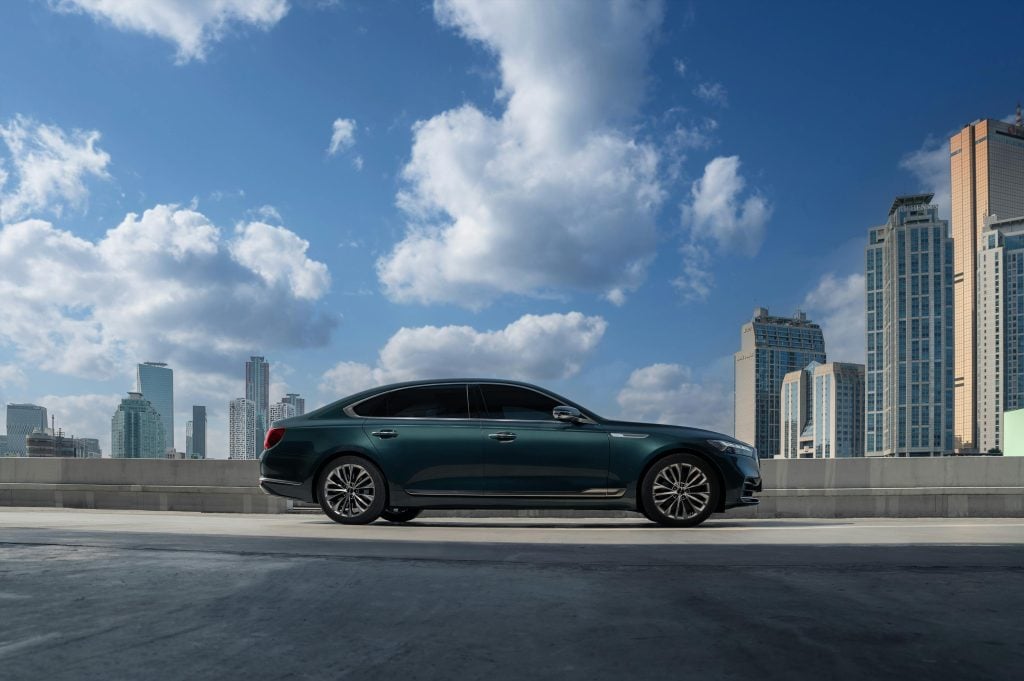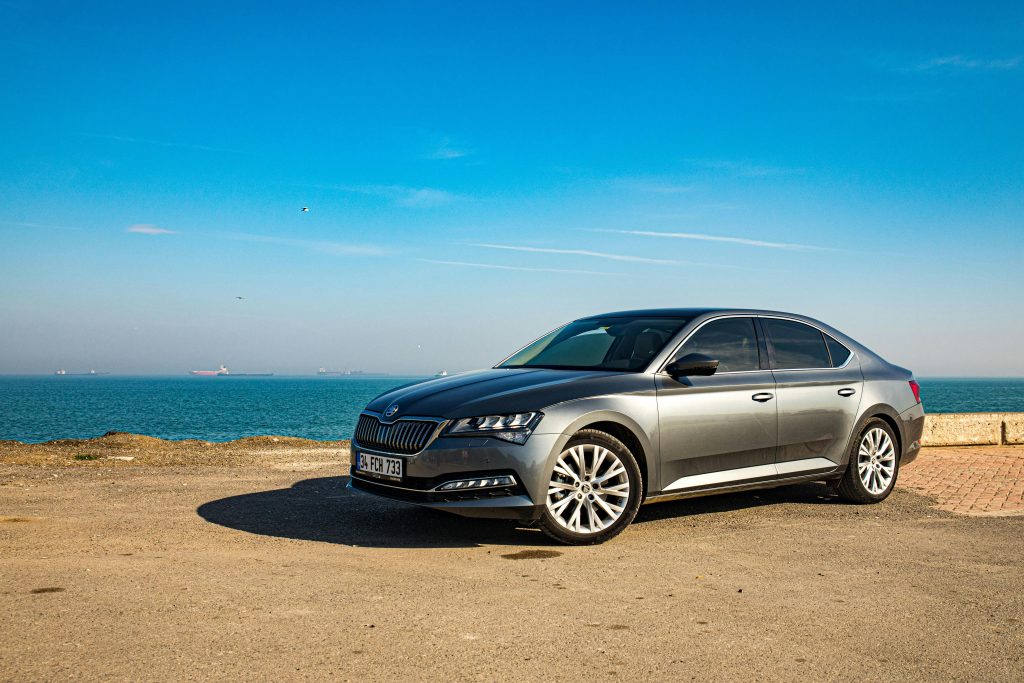Who doesn’t enjoy that new car smell? But with all the bells and whistles on modern vehicles, you might wonder: are they built to last like the classics of yesteryear? This can be especially concerning when it comes to new car insurance. CheapInsurance.com explores the world of car longevity, exploring how modern cars compare to older models in terms of reliability, maintenance needs, and ultimately, how it affects.
Key Takeaways:
- Modern cars boast advanced materials and engineering, potentially leading to longer lifespans compared to older models.
- Complex technology in new cars offers benefits but might also increase repair costs down the road.
- Consistent maintenance, regardless of car age, is crucial for maximizing longevity and preventing costly repairs.
- Car insurance for newer vehicles typically comes with higher premiums due to the car’s value, while older cars often see lower insurance costs.
- The choice between newer and older depends on your priorities: newer cars offer cutting-edge features and peace of mind, while older models can be more budget-friendly but might require more upkeep

Built to Last? How Modern Car Construction Impacts Longevity
Remember those legendary cars from your grandpa’s era that seemed to run forever? While nostalgia might paint a rosier picture, there’s some truth to the idea that older cars could rack up mileage. But how do modern cars, packed with technology and advanced materials, stack up in the longevity department?
Material Marvels
Modern cars are no longer just slabs of steel. The use of high-strength steel in key structural elements makes them lighter yet stronger, improving crashworthiness and overall durability. Additionally, lighter composite materials on body panels can help reduce weight and resist rust and corrosion. Which were major enemies of older cars.
Engineering Evolution
Car engines have come a long way since the days of carburetors and ignition points. Improved engine design now includes features such as electronic fuel injection and variable valve timing. These upgrades help improve both performance and fuel efficiency. As a result, the engine experiences less wear and tear over time.
Better lubrication systems and advanced manufacturing techniques with tighter tolerances also contribute to a car’s overall longevity.
The Trade-off
While modern materials and engineering are impressive, there’s a potential downside. Moreover, modern vehicles often include advanced electronics and emissions controls. These complex systems increase repair costs compared to older, simpler models.
By understanding how modern cars are built, we can get a clearer picture of their potential lifespan and how it compares to older models.

Tech Overload: Do Complex Systems in New Cars Hinder Reliability?
Modern cars are rolling showcases of technology. From driver-assistance features to in-car entertainment systems, these advancements offer a more comfortable and, in some cases, safer driving experience. But with all this tech packed in, a question arises: Do complex systems in new cars actually hinder their reliability?
This section will explore the potential downsides of tech overload in new cars and how it might affect your long-term ownership experience:
The Interconnected Web: Modern cars use a network of computers and sensors that constantly communicate with each other. This setup enables advanced features. However, complex wiring and software often experience more glitches and malfunctions than the simpler systems found in older cars.
The Repair Labyrinth: Diagnosing and repairing issues in cars packed with electronics often proves difficult. Mechanics need special tools and software to pinpoint problems. As a result, repairs may cost more than fixing basic mechanical issues in older models.
The Long Term Unknown: Technology keeps evolving, and it is still unclear how these advanced systems will perform after ten or more years. Replacing a broken infotainment system or a failed driver assistance feature could become a costly repair in the future.
Although modern technology brings many advantages, it also affects long term reliability and ownership costs. In the next section, we will explore how your maintenance habits can impact the lifespan of both newer and older vehicles.

Maintenance Matters: How Your Habits Affect Both New and Old Cars
We have already looked at how modern car construction and technology influence longevity. However, one factor remains more important than age: proper maintenance.
Whether you drive a brand new vehicle or a beloved classic, how you care for your car matters the most. Good maintenance plays a major role in determining how long your car will last.
Now, let’s explore why regular maintenance is essential for both new and old vehicles:
Follow the Blueprint: Every car includes a maintenance schedule from the manufacturer. This schedule covers oil changes, fluid flushes, filter replacements, and other essential tasks.
Listen to Your Car: Cars often show signs when something is wrong. Newer cars use dashboard lights or messages to alert you to issues. Older vehicles may give warning signs through strange sounds or vibrations. In either case, staying alert and responding quickly can prevent bigger problems from developing.
Prevention is Key: Routine maintenance helps stop issues before they start. This includes checking tire pressure, topping off fluids, and inspecting belts and hoses. These small tasks cost little but help avoid major breakdowns. Regardless of age, every car benefits from preventive care.
Staying on top of your car’s maintenance can extend its life. It works whether the car is brand new or a well-kept classic.
Next, we will look at how your car’s age affects your new car insurance and how your maintenance habits might influence your rates.
The Insurance Angle: How Car Age Affects New Car Insurance
So far, we’ve explored how modern car construction and your maintenance habits can influence a car’s longevity. But here’s another crucial factor to consider, especially for those with a brand new set of wheels: Car insurance for your newer vehicle.
This section will delve into how the age of your car affects new car insurance and how it connects to the concept of longevity:
The Value Factor: New cars are inherently more expensive than older models due to depreciation. This means insurance companies will typically charge a higher premium for comprehensive insurance and collision insurance coverage on a brand new car to reflect the higher cost of replacing or repairing it in case of an accident.
Safety Matters: Modern cars often come equipped with advanced safety features like automatic emergency braking and lane departure warning. While these features can potentially reduce the risk of accidents, they might also factor into your vehicle insurance costs. Some insurers offer discounts for cars with these safety technologies.
The Age Advantage: As cars age and depreciate in value, the cost of comprehensive and collision coverage typically decreases. This can be a significant advantage for drivers who own older, paid-off vehicles. However, it’s important to weigh the cost savings against the potential cost of repairs if the car is totaled in an accident.
Here’s where your car’s maintenance habits come into play. A well-maintained older car with an owner who has a clean driving record might be more attractive to insurance companies and potentially qualify for lower automobile insurance rates compared to a poorly maintained car of any age.
Modern Marvels or Money Pits? Weighing the Long-Term Costs of Newer vs. Older
Throughout this article, we’ve explored the world of car longevity, comparing how modern cars, with their advanced construction and technology, stack up against older, simpler models. We’ve also considered the impact of maintenance habits and how a car’s age can affect car insurance.
Now, it’s time to weigh the long-term costs of newer vs. older cars:
- The Newer Car Allure: Newer cars boast the latest technology, safety features, and a shiny, trouble-free – at least initially – experience. However, they come with a hefty price tag, higher insurance premiums, and potentially more expensive repairs if something goes wrong with the complex systems.
- The Benefit of an Older Car: Older cars can be significantly cheaper to purchase and insure. However, they might require more frequent maintenance and repairs, and potentially lack the safety features of newer models.
If you want the latest technology and safety features, consider buying a new car. It also comes with the peace of mind from a warranty. However, be prepared for higher upfront costs and possibly higher auto insurance costs.
On the other hand, a well-maintained older car could be a smart option for budget-conscious drivers. It can offer reliability if you are comfortable with regular maintenance. Still, remember to include potential repair costs in your budget. Also, make sure you carry the right insurance coverage.
Regardless of your choice, proper car care remains essential for getting the most value and life from your vehicle. Following a consistent maintenance routine helps ensure your car stays reliable for many miles ahead.


